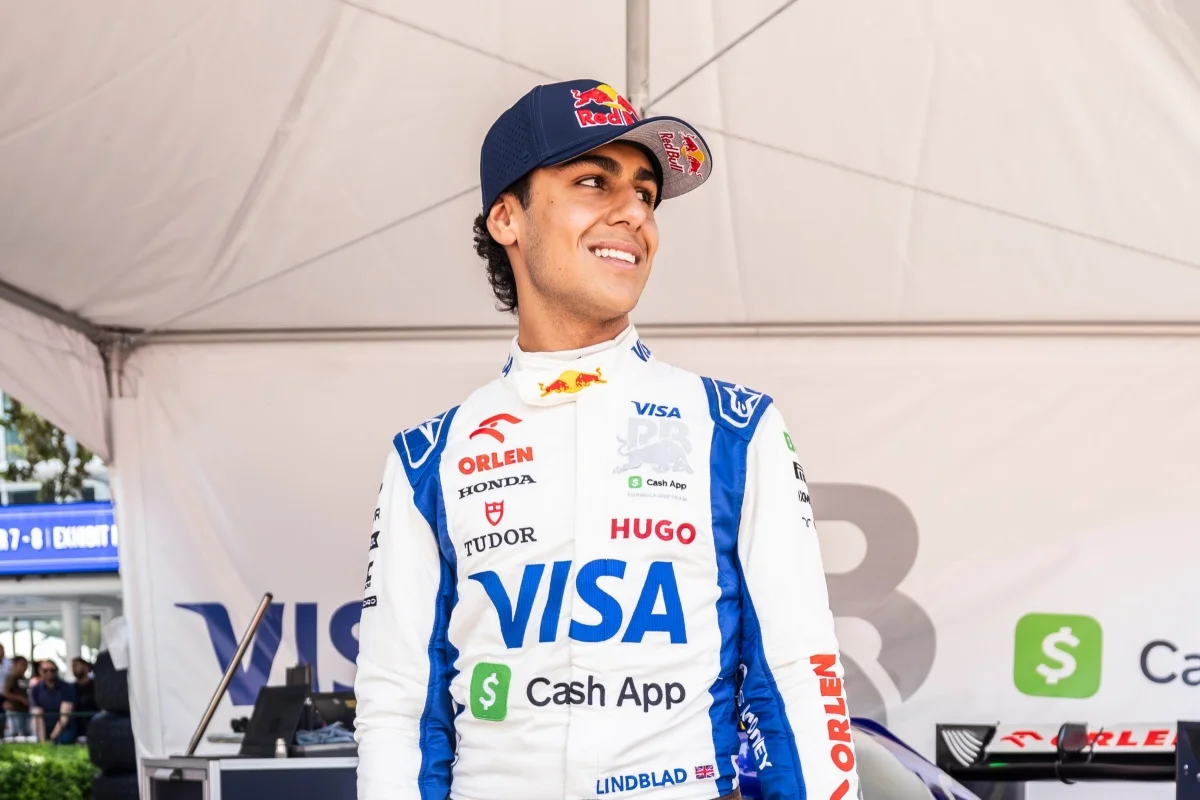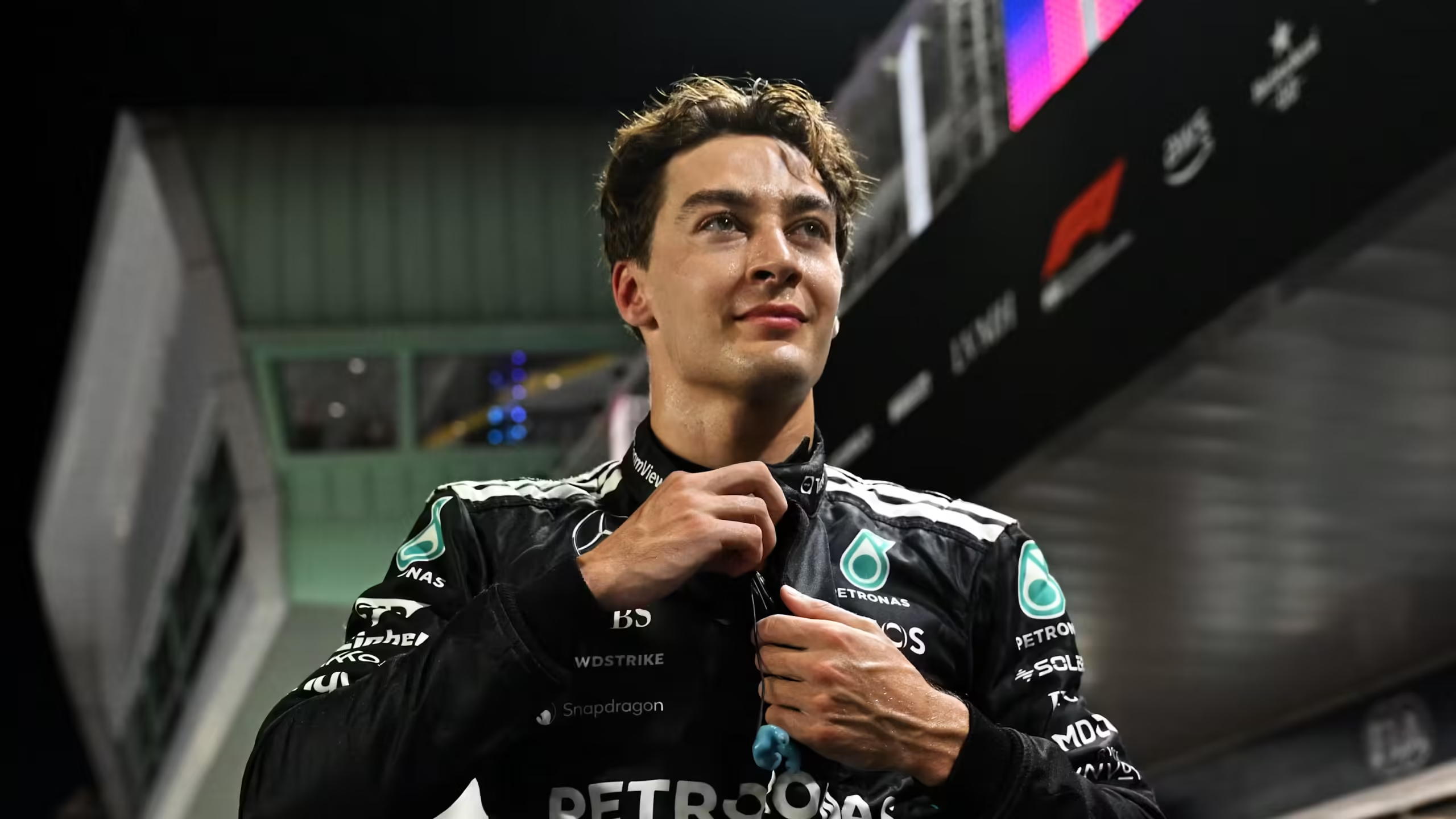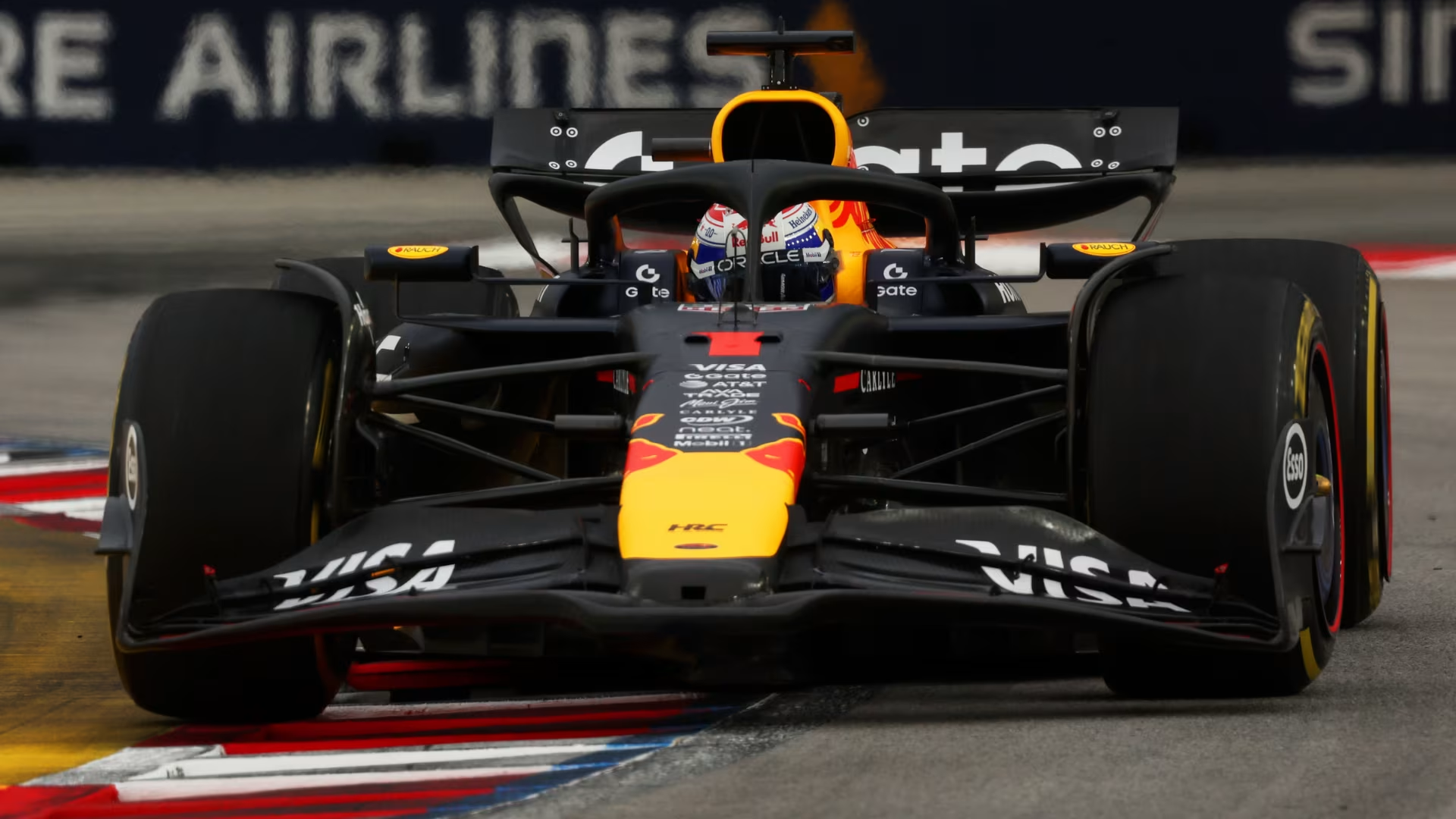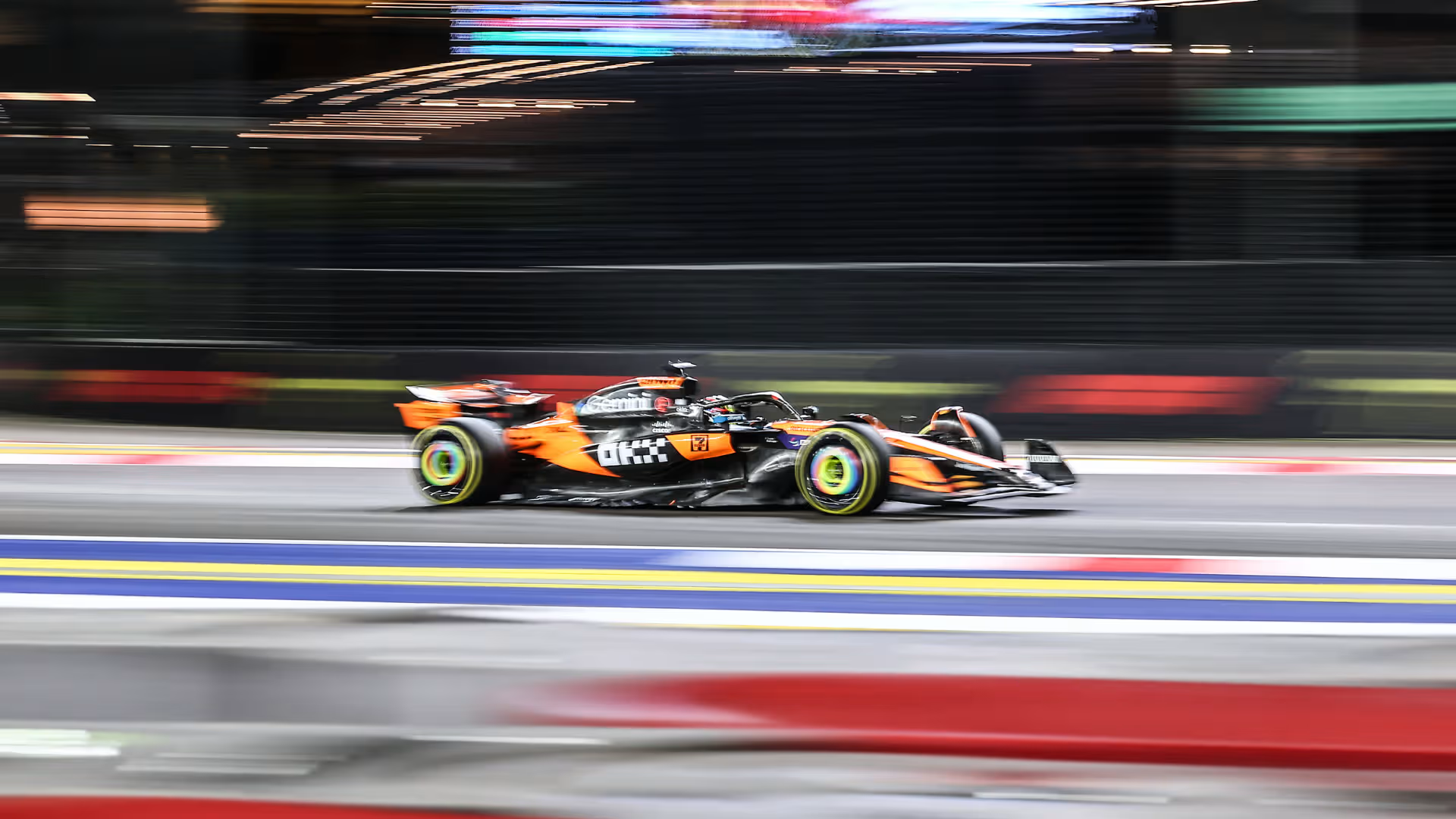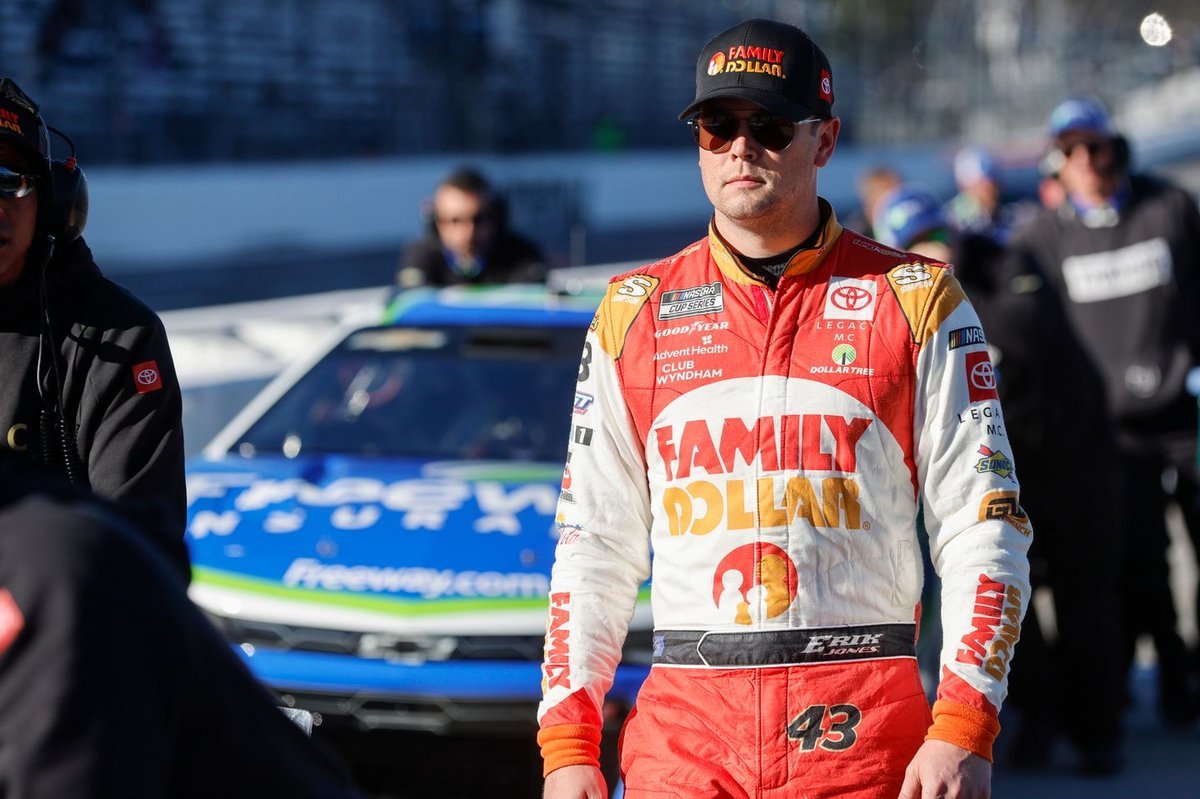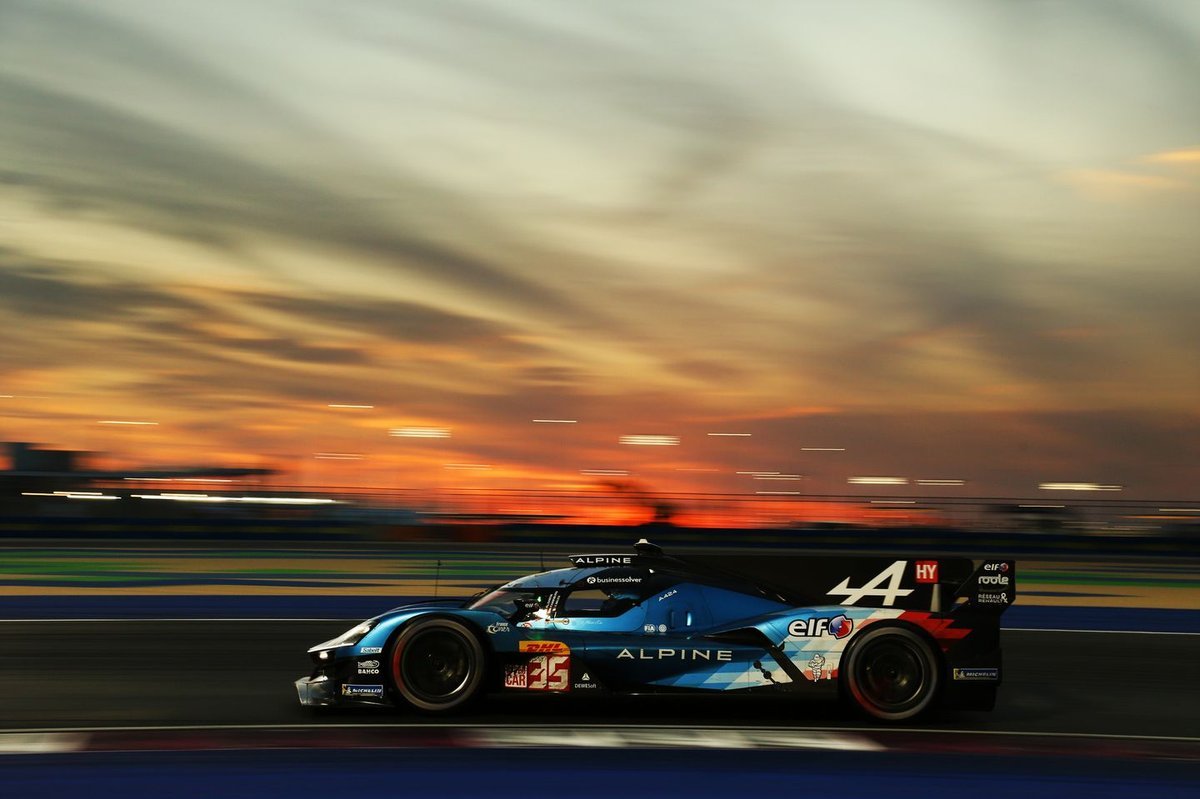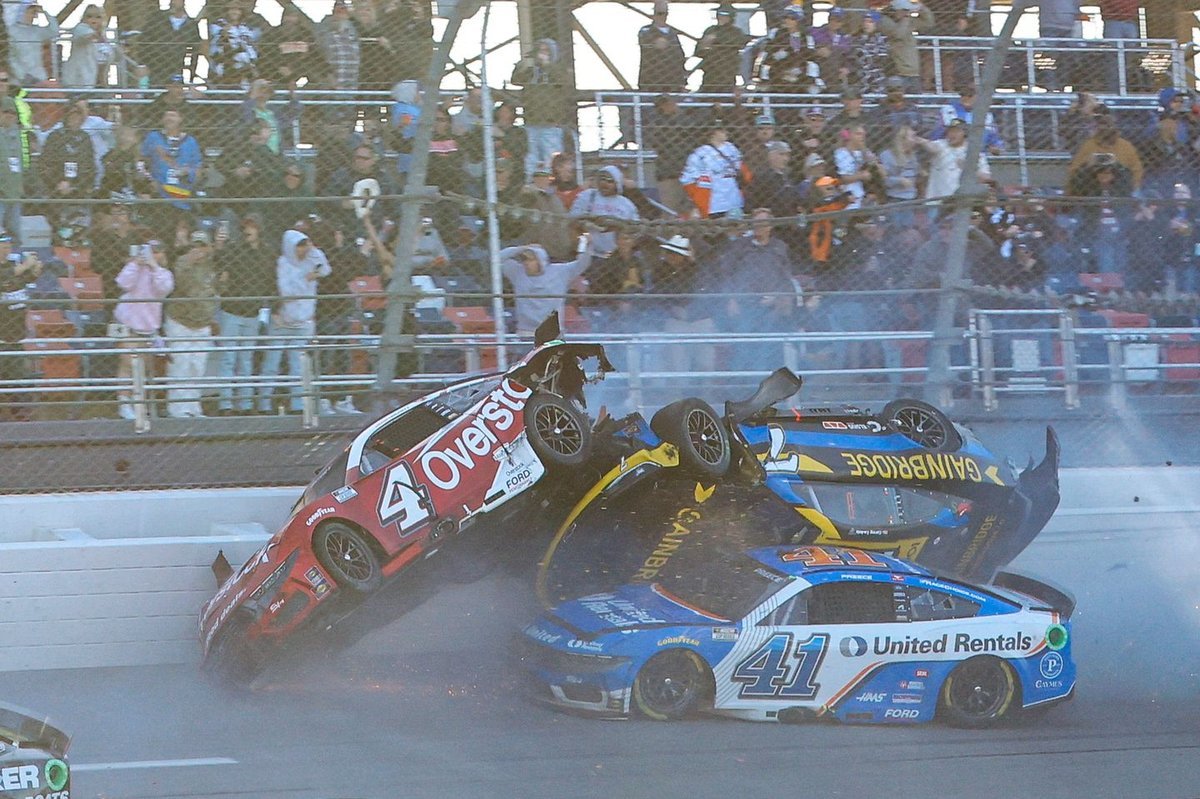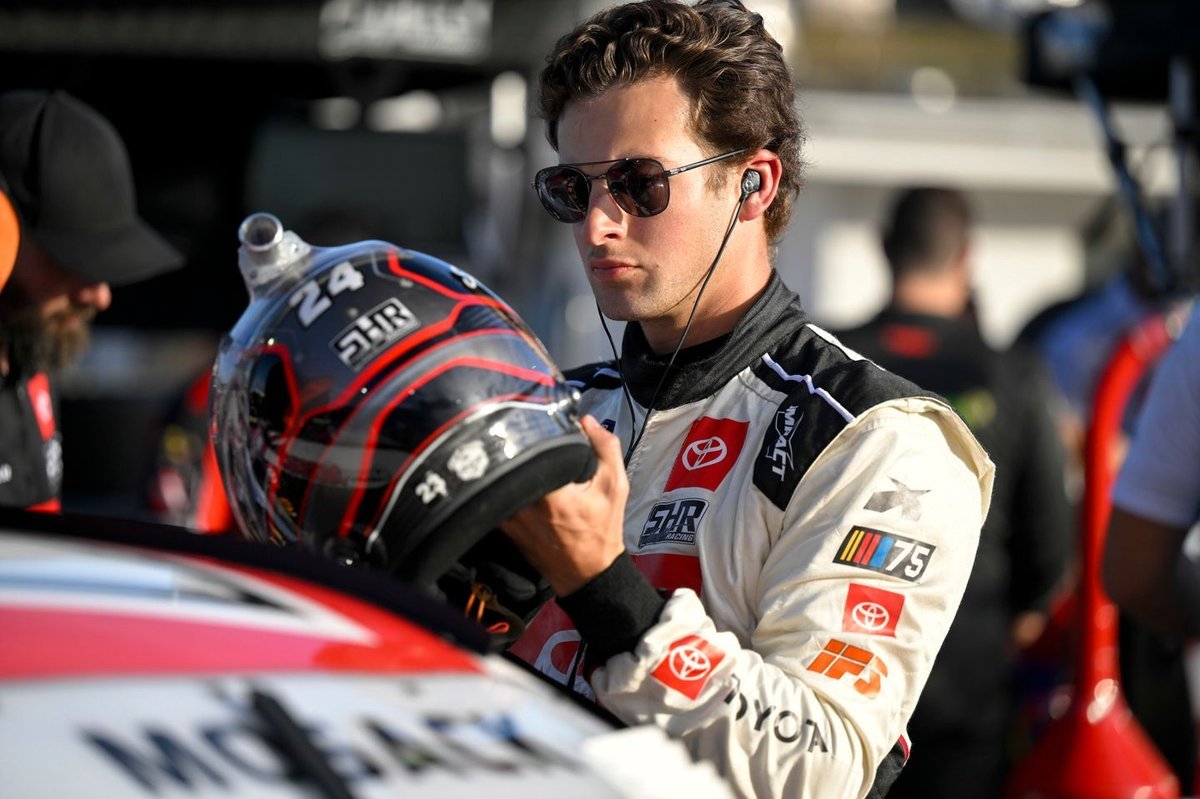
Lando Norris seized the spotlight during the second free practice session at the 2025 Saudi Arabian Grand Prix, clocking an electrifying 1:28.212 to top the timing sheets under the dazzling lights of the Jeddah Corniche Circuit. The McLaren driver demonstrated exceptional pace on the soft compound tyres, delivering a clinical performance that underscored the team’s intent to challenge the front-runners this weekend.
While Norris’ time placed him ahead of both Red Bulls and Ferraris, the session also revealed an increasingly competitive midfield pack, with multiple drivers separated by just tenths of a second. Norris’s session-topping lap not only highlighted McLaren’s progress on low-fuel runs but also hinted at strong potential in the long runs, where degradation appeared to be under control.
Tsunoda Surprises with Strong Pace for RB
Yuki Tsunoda continued his impressive early-season form by finishing FP2 in fourth place, just 0.236s off Norris’s benchmark time. The Japanese driver extracted every ounce of performance from his RB machine, comfortably outpacing more experienced drivers in faster machinery. His lap on the softs showcased RB’s significant improvements in single-lap pace, particularly in the twisty final sector.
Tsunoda’s form not only puts him in a strong position heading into Saturday’s qualifying but also strengthens his case amid ongoing speculation around Red Bull’s 2025 driver lineup. If his form carries through into the weekend, he could be a dark horse for a top-five finish on Sunday.
Verstappen and Perez Keep Red Bull Within Striking Distance
Max Verstappen and Sergio Perez both opted for different run plans compared to the rest of the field, with Red Bull focusing heavily on race simulation pace. Verstappen’s best effort, a 1:28.511, was good enough for third place, just 0.299s adrift of Norris. However, sector data revealed that Verstappen was consistently lifting through Turn 22, indicating that the RB21 still has untapped pace.
Perez, meanwhile, ended the session in seventh but displayed consistent long-run pace, which suggests Red Bull will once again be a major threat on Sunday. The reigning constructors’ champions may have held back on full performance mode in FP2, saving their power unit’s full potential for qualifying and race day.
Ferrari Fine-Tunes Setup but Trails in Top Speed
Charles Leclerc and Carlos Sainz finished the session in P5 and P6 respectively, both within half a second of Norris. Ferrari focused primarily on mechanical grip and stability through the high-speed sections, especially Turn 13 and Turn 26. However, their speed trap data was notably lower than their rivals, suggesting the Scuderia is running a higher downforce setup — perhaps with a view to extending tyre life over race distance.
Ferrari engineers were observed conducting extensive rake sensor testing during the early stages of the session, hinting at continuing aerodynamic evaluations. Despite not topping the session, the team’s consistency and balance may pay dividends in the long-run stints.
Mercedes Struggles to Unlock Grip
George Russell and Lewis Hamilton endured a frustrating session, finishing P9 and P11 respectively. Both drivers reported rear-end instability under braking and mid-corner understeer, particularly through the rapid chicanes. The W15 appeared to be more sensitive to changes in track temperature, and the team struggled to extract optimum grip from the soft tyres.
Mercedes ran multiple aero configurations during the session, attempting to find a better balance between top speed and cornering stability. Despite their apparent struggles, data from Russell’s long-run pace was more encouraging, suggesting that Mercedes might still be in the mix for points if they can unlock more performance overnight.
Alpine and Aston Martin Drift Toward the Back
Alpine continued their troubled start to the 2025 season with Esteban Ocon and Pierre Gasly finishing outside the top 15. The French squad struggled for traction out of slower corners and appeared to suffer from significant rear tyre wear on long stints. Despite a few setup adjustments, the A525 seems fundamentally lacking in aerodynamic efficiency on a low-drag circuit like Jeddah.
Aston Martin also showed a lack of competitiveness in FP2. Fernando Alonso managed a P13 finish, while Lance Stroll languished down in P17. Team principal Mike Krack admitted they were experimenting with aggressive suspension changes, which appeared to have little positive impact. The team now faces an uphill task to recover performance before qualifying.
Haas and Sauber: Midfield Pressure Mounts
Kevin Magnussen and Nico Hülkenberg displayed decent top-end speed but were inconsistent through the twistier middle sector. Haas looks to be on the fringe of Q2 contention. Sauber, meanwhile, was hampered by reliability concerns, with Valtteri Bottas suffering from intermittent power delivery and Zhou Guanyu complaining of excessive understeer.
Tyre Degradation and Long-Run Insights
With ambient temperatures hovering around 27°C and track temps cooling steadily into the night, teams focused heavily on understanding tyre wear patterns. Pirelli brought the C2, C3, and C4 compounds for this weekend, with the soft C4 being the favoured tyre for qualifying sims. However, data gathered during FP2 suggests that the medium compound (C3) could be the ideal race tyre given the balance of grip and durability.
Long-run pace analysis showed that McLaren, Red Bull, and Ferrari are within 0.2s/lap of each other, setting the stage for a tight strategic battle on Sunday. Traffic and track evolution will play a crucial role in determining the pit stop window, particularly with a high likelihood of safety cars at this circuit.
FP2 Timing Summary
| Position | Driver | Team | Time | Gap |
|---|---|---|---|---|
| 1 | Lando Norris | McLaren | 1:28.212 | — |
| 2 | Charles Leclerc | Ferrari | 1:28.423 | +0.211s |
| 3 | Max Verstappen | Red Bull | 1:28.511 | +0.299s |
| 4 | Yuki Tsunoda | RB | 1:28.448 | +0.236s |
| 5 | Carlos Sainz | Ferrari | 1:28.537 | +0.325s |
| 6 | Sergio Perez | Red Bull | 1:28.590 | +0.378s |
| 7 | Oscar Piastri | McLaren | 1:28.610 | +0.398s |
| 8 | George Russell | Mercedes | 1:28.834 | +0.622s |
| 9 | Fernando Alonso | Aston Martin | 1:28.897 | +0.685s |
| 10 | Lewis Hamilton | Mercedes | 1:28.921 | +0.709s |
What to Watch in FP3 and Qualifying
The tight margins across the top ten ensure that FP3 will be critical for final setup tweaks. Expect teams to focus heavily on refining braking stability and throttle mapping, especially in Sectors 1 and 3. With traffic often an issue in qualifying at Jeddah, nailing a clean lap could be the difference between pole and mid-grid obscurity.
As the weekend progresses, attention will also shift to race strategy and tyre selection, with undercuts and safety car timing playing decisive roles. With Norris, Verstappen, and Tsunoda all looking competitive, the Saudi Arabian GP promises one of the most unpredictable qualifying sessions of the season.

